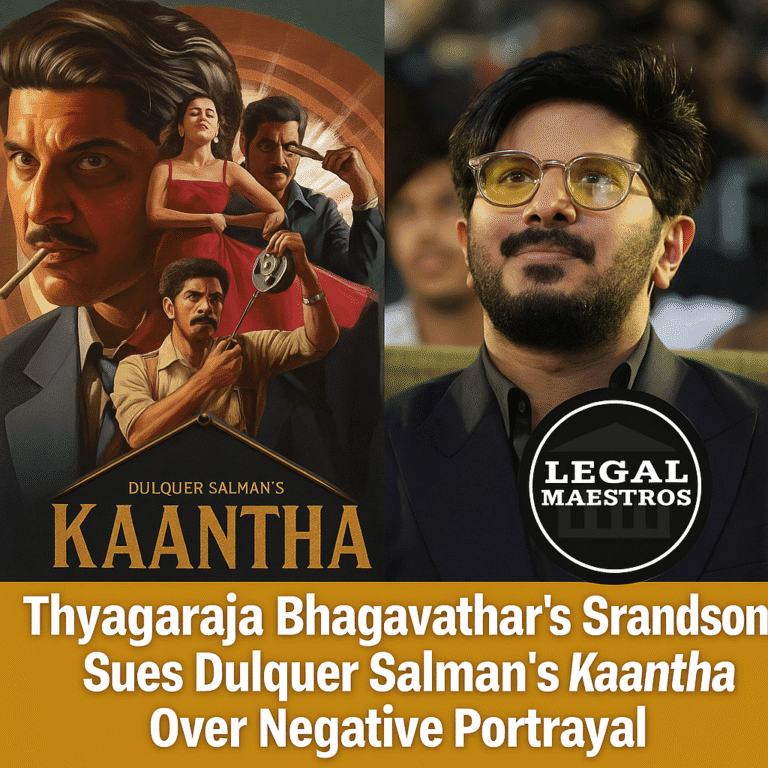
The elaborate social structure of India with its centuries of practices of caste hierarchies governed by traditions still struggles against the complexity of affirmative actions. Central to this debate is the 50 percent reservation ceiling, which is a judicial directive that has been ruling the roost in implementation of reservations policy over the last few decades. Karnataka the state that has been having the distinguished history of backward class movements is presently in the limelight in this constitutional testing ground with its new motches to have a complete caste census. The results of such a survey and especially their possible prevention of suggesting a huge rise in reservation percentages, present a direct challenge to the existing legal boundaries, and will launch a new wave in the legal or political debate.
Origin of the 50 percent Cap
The supreme court mainly laid down this 50 percent reservation ceiling in the historic 92 Indra Sawhney judgment. This decision, despite keeping the faith in the principle of reservations on the basis of social and educational backward classes, attempted to strike a balance with the ideas or affirmative action and the idea of equality and meritocracy. The Court argued that reservations under no circumstances must surpass a half of complete seats or posts. This was to have ensured that there are enough openings left for the general category and so as to avoid the erosion of the efficiency of administration. This decision became the foundation towards the policy of reservation in the rest of the country that found its way in future decisions by the states as well as the central government.
The effectiveness and correctness of this 50 percent limit have however been under constant challenge more so by those states with a high number of backward classes. It is stipulated by numerous people that the cap, according to the results of the 1931 census, no longer represents the modern demographic situation. Lack of adequate and modernized caste records has become a gap in the policy making process and therefore it is hard to see the most deprived groups and exactly the deserving groups are getting the benefit of the reservation.
For any queries or to publish an article or post or advertisement on our platform, do call at +91 6377460764 or email us at contact@legalmaestros.com.
The Caste Census as a Big Ambition in Karnataka
This is the context through which Karnataka decided to conduct its socio-economic and educational survey also referred to as the caste census. It was started in 2015, but the later reports are produced and updated, and the idea is to collect granular data on social, economic, and educational progress of different castes. The recent move by the state to initiate a new, thorough door-to-door survey that is scheduled to be completed in October 2025 is an indication of the will of the state to find empirical foundation to its reservation principles. In this new survey more indicators than the earlier one will be incorporated including economic status, political representation, landholding and employment with enhanced scientific and transparent desire.
Early Discoveries and Judge-Made Distress Junctions
Even before findings of a more recent version of caste census across India in Karnataka come through, ripples have already been made through the political arena due to its preliminary or leaked findings. There is also a report of a massive jump in the population of Other Backward Classes (OBCs) that would perhaps take their number almost close to 70 percent of the total population of the state. Related to this, there have been suggestions to make the OBC quota as high as 32 and even 51 per cent to replace the present 27 per cent reservation to the OBC. Should these suggestions be adopted besides the set aside already of the Scheduled Caste and Scheduled Tribes, the overall reservation against such categories in Karnataka may well be pushing the 50 % limit above the 50 % more so, far beyond the 50 % limit eventually to including the Economically Weaker Sections (EWS) quota up to 73.5 or 85 per cent.
The breach of this cap which is being proposed to be 50 immediately brings the issue of breaching of the constitution. Although the Indra Sawhney ruling has made setting the cap a general principle, it has admitted that in some exceptional cases, the cap could be crossed, in the rare cases of overwhelming backwardness at least there must be outstanding evidence to prove it. Whether Karnataka has the potential to move to extend reservations is therefore going to depend largely on how well its data on caste census has been taken, its scientific soundness and how it can prove such extra ordinary circumstances in the Supreme Court.
For any queries or to publish an article or post or advertisement on our platform, do call at +91 6377460764 or email us at contact@legalmaestros.com.
Past and Political Trends
States such as the Tamil Nadu have a long history of going above the limit of 50 percent which was 69 percent reservation, and this too is safeguarded by its inclusion on the Ninth Schedule of the Constitution. Jharkhand reservation percentage is also high. Legal challenges brought against such deviations however have been reaching all the way to the top court which in a few instances have ruled against exceeding the limit most prominently being the Maratha reservations in Maharashtra.
The whole controversy of the caste census in Kannada is not just a legal one; it has got a lot to do with politics and social aspects as well. The communities who are a dominant minority in Karnataka like the Lingayats and the Vokkaligas which were seen to be in minority numbers in the previous census reports have raised huge objections to the authenticity of the figures. This brings out the natural sensitivities in such exercises where any given community wants to make sure that it is represented fairly and that its share of the government benefits takes place. Those who are in favor of the caste census have also built pressure at the national level having different political parties demanding a nation-wide recording with the aim of basing future state policies.
Strategies to the Future
The result of caste census in Karnataka and its further implications to reservation policy will be keenly observed in the country. It will form a very important test of the flexibility of the constitutional framework to respond to changing social realities. Is the kind of empirical data that can be scientifically collected by means of a thorough census the kind of compelling evidence that will allow one to recheck and possibly re-distribute ceiling of the 50 percent reservation which has long existed? Or shall the judiciary once again buckle down and stress its commitment to the status quo cap by stating a balance between affirmative action and general constitutional principles? These answers will define the future of social justice and equality in India until many years to come.
For any queries or to publish an article or post or advertisement on our platform, do call at +91 6377460764 or email us at contact@legalmaestros.com.


![JOB POST: Junior Associate at ASM Law Chambers, Jaipur [Freshers]](https://legalmaestros.com/wp-content/uploads/2025/11/Gemini_Generated_Image_8wrxer8wrxer8wrx-768x708.png)


1 thought on “Testing the Constitution: Karnataka’s Caste Census and the 50% Reservation Ceiling”